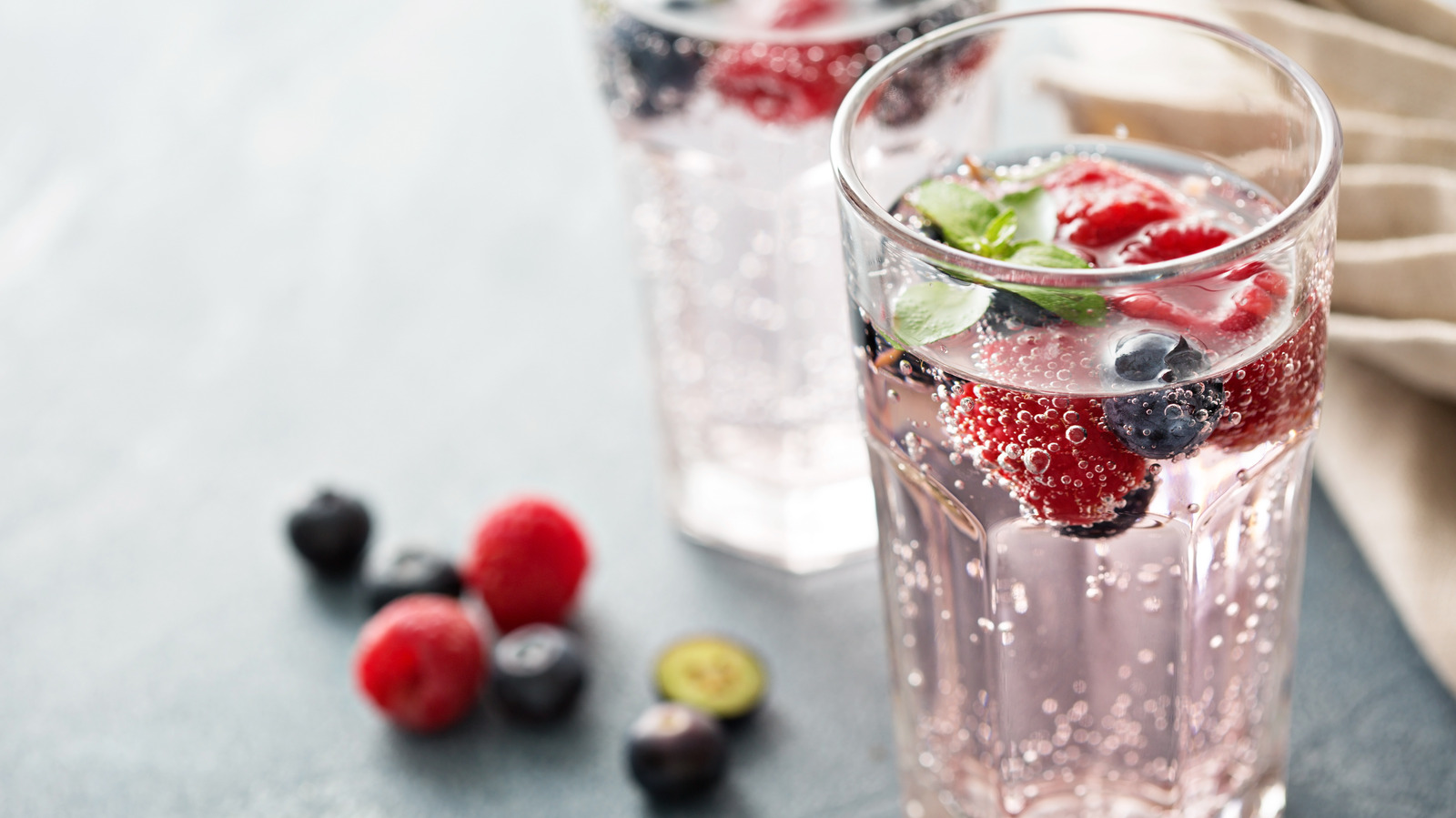Sparkling water brands like Bubly and Spindrift might have debuted in the 21st century, but the concept of producing bubbly water dates back to before America gained its independence. Natural springs that produce effervescent H O have existed since the dawn of the Earth, but pumping gas into water became the obsession of an Englishman named Joseph Priestley in 1767. A minister by trade but a scientist by interest, Priestley's fascination with the subject was piqued during a time when he lived next door to a beer brewery in Leeds.
He knew the hoppy aroma emanating from the brewery came from gases — the very gases that produced the bubbles in the beer (a product that is now becoming an ) next door. He also correctly theorized that they were the same gases found in the naturally aerated spring waters around Europe and North America, which were widely thought to be healing and therapeutic. Priestley wondered if the same kind of fizz could be added to still water.

The short answer is yes, it certainly could, and Priestley successfully made artificial sparkling water, which became a hot commodity shortly after its creation. And bubbly water has certainly withstood the test of time, with more brands offering seltzers and such today than ever before. Putting bubbles into water The first thing Joseph Priestley had to figure out was how to produce the gas, or bubbles, that would create the fizz in water.
He found that combining sulfuric acid and chalk created carbon dioxide, a substa.























